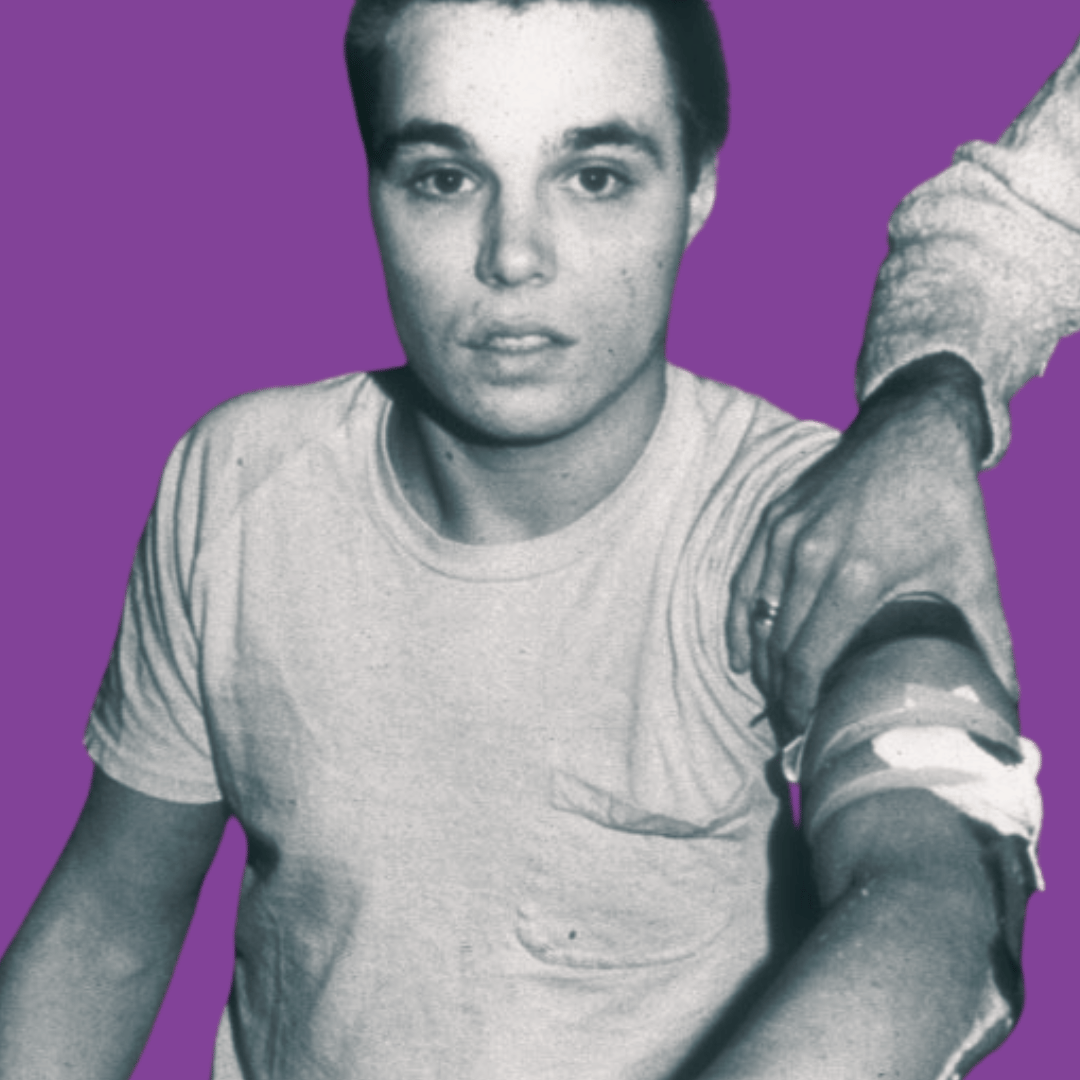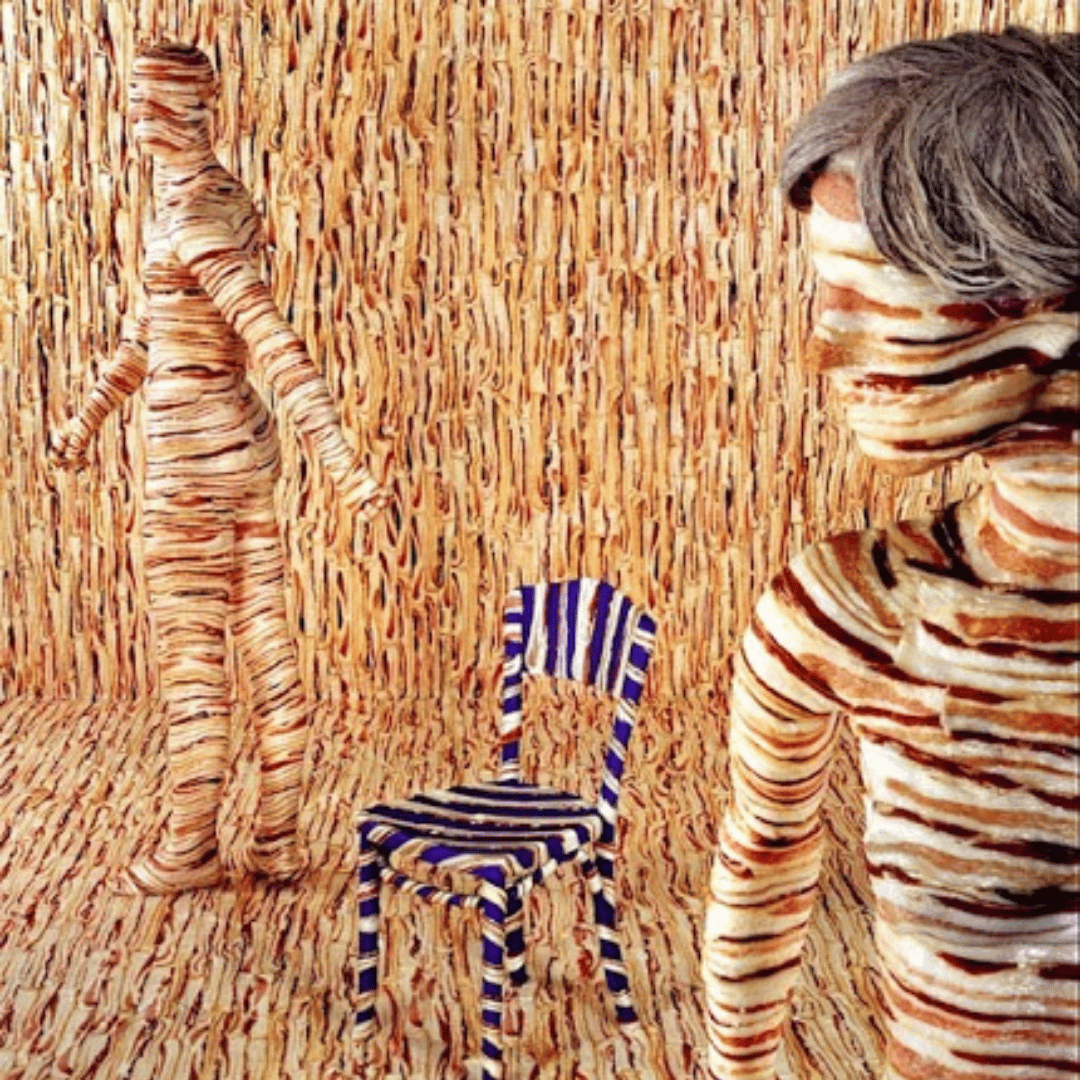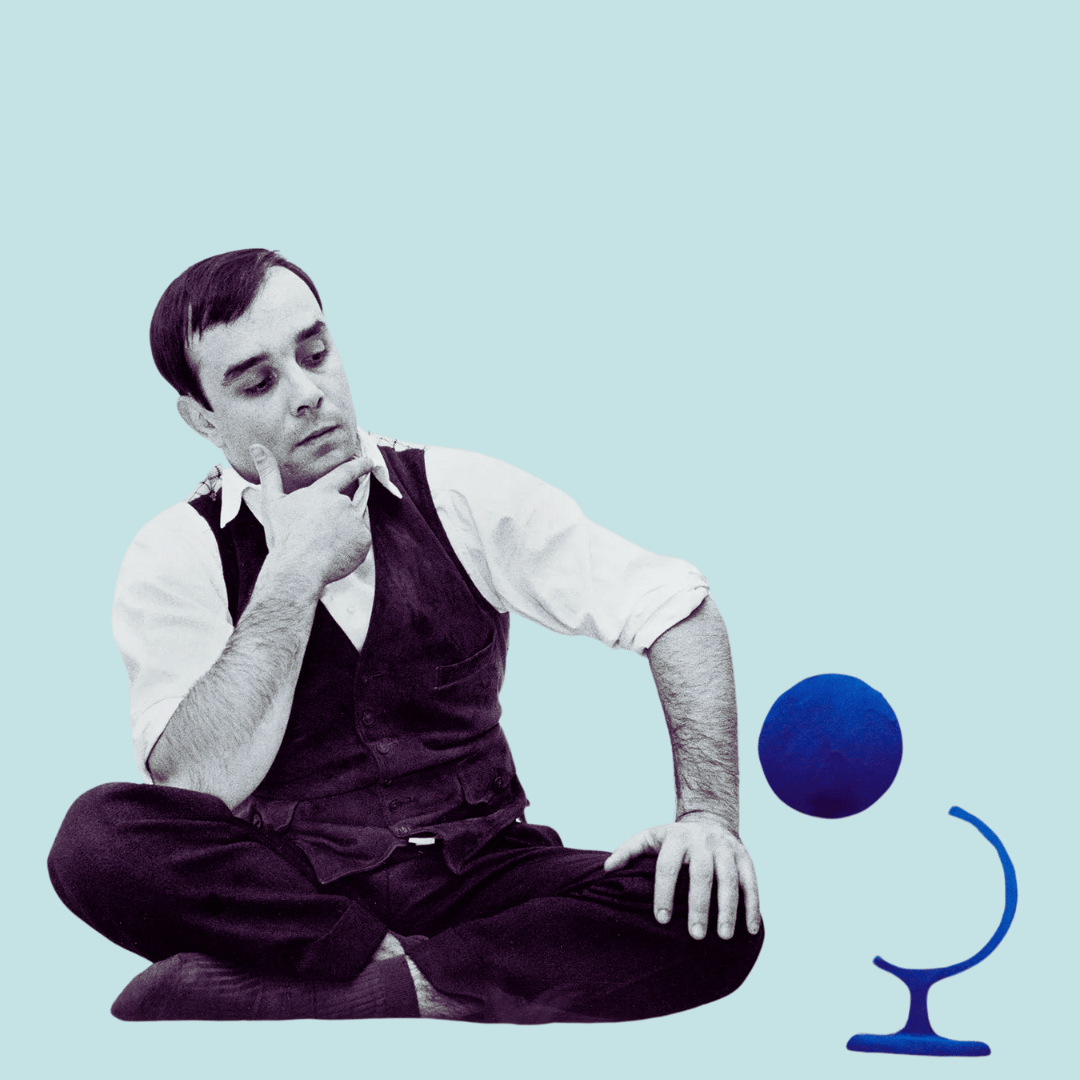Art History: The Stuff They Didn't Teach You in School
Next time you're strolling through a museum, take a closer look at those still-life fruit bowls and stoic portraits….
The world of art is not just a collection of pretty pictures and sculptures—it's a pulsating narrative of passion, eccentricity, and at times, profound darkness. It's a realm where the beauty of creation often intersects with the shadows of human experience.
Consider Gustav Klimt, whose ornate paintings celebrate life and love, yet his personal life was steeped in an odd affection for his feline companions—a love that would sometimes cost him dearly in ruined sketches. His choice of fixative? Cat urine, which, despite its destructive properties, couldn’t sway his unconventional methods or his affection.
Gustav Klimt's Cats
Gustav Klimt, the master of shimmering gold and sensual figures, adored his feline companions. But these weren't just pampered pets; they were budding collaborators! Imagine Klimt's amusement (or was it horror?) discovering unexpected 'additions' to his delicate sketches. Did this feline artistic expression influence Klimt's work? And what treasures might still be hidden in those sketchbooks?
As we peel back the layers of the art world, Chris Burden’s raw exhibitions remind us of the physical toll and visceral power of performance art. His willingness to endure real pain begs the question: where do we draw the line between self-expression and self-harm?
Chris Burden's Performance Art
Chris Burden pushed the limits of performance art further than most would dare. He wasn't just an artist; he was a canvas, enduring nail-gun wounds and near-death experiences. But what drove Burden to these extremes? Was it a twisted genius or a cry for help? And where's the line between art and self-destruction?
On a lighter, yet equally thought-provoking note, we have Sandy Skoglund, who turns the act of eating on its head with her installations, making us question the nature of consumption and decay. Her work, a tableau of the ordinary made extraordinary, blurs the line between food and art, crafting a space where every meal tells a story.
Sandy Skoglund's Installations
Rotten eggs, cheese-filled mice, and radioactive goldfish – Sandy Skoglund’s installations transform the everyday into the unnerving. Her meticulously crafted scenes challenge our views on beauty, decay, and the artificial. Could these works be a warning about our consumerist society, or is there a touch of playful absurdity in the chaos?
Yves Klein, with his expansive view of the universe, sought to communicate with the stars through his art. His patented International Klein Blue is more than a color—it's a portal to the infinite, a leap towards the unknown, a symphony of a singular note that echoes across the cosmos.
Yves Klein's Cosmic Reach
Yves Klein's signature blue wasn't just a color; it was a doorway to the infinite. But his artistic ambition reached far beyond the paintbrush. Fire-painted canvases, "living sculptures," and symphonies performed in silence – Klein defied tradition. Was he a visionary or a madman? And did his cosmic stunts truly connect him to something greater?
Cai Guo-Qiang's Explosive Art
Cai Guo-Qiang's fireworks aren't just a spectacle; they're a cosmic conversation. His explosive installations light up the night, leaving behind ephemeral beauty and lingering questions. Is this an homage to the universe's grand design, or a commentary on our fleeting existence? And how does Cai Guo-Qiang balance destruction and creation?
Salvador Dali's Surrealist Drive
Salvador Dalí's mustache was as iconic as his melting clocks. But his eccentricities didn't stop there. Imagine Dalí cruising around in a car overflowing with cauliflower – a surrealist dream or a publicity stunt? Was this all part of his artistic persona, or was there a deeper (and stranger) meaning behind the absurdity?
But not all stories twinkle with the whimsical or resonate with the sounds of innovation. The art world has its share of dark tales, too. The perplexing details surrounding Mark Rothko's demise, Caravaggio's violent life ending in murder, and Ana Mendieta's untimely death fall into a chilling category of their own. These events force us to confront the potential darkness that can drive—or derail—the creative spirit.
Ana Mendieta's Tragic End
The relationship between Carl Andre and Ana Mendieta was a volatile mix of fame and creative passion. But when Mendieta died after falling from their apartment window, the art world was left reeling. Was this a tragic accident, or something fueled by jealousy and rage? Andre's acquittal did little to silence the lingering doubts.
In this intricate dance of light and shadow, even pop art icon Andy Warhol reveals a curious duality. Amongst the colorful canvases of Marilyn Monroe and soup cans, Warhol harbored an obsession with the pedestrian and the bizarre. A collection that ranged from the eclectic to the downright morbid suggests an artist who found beauty in the banal, meaning in the morose.
Andy Warhol's Pop Art Hoard
Andy Warhol wasn't just the King of Pop Art; he was a collector of the bizarre. From soup cans to cookie jars, he amassed a vast archive of everyday objects. But was this a celebration of pop culture, or a scathing critique? And what does his obsession with the mundane say about ourselves?
Final Thoughts
These are the stories that art history textbooks might omit—the scandals and the mystique, the humanity behind the art. They compel us to look beyond the surface, to see the artworks not just as objects of beauty but as the endpoints of very human journeys. As we delve deeper, we may find that the line between genius and madness is not just blurred but non-existent.








